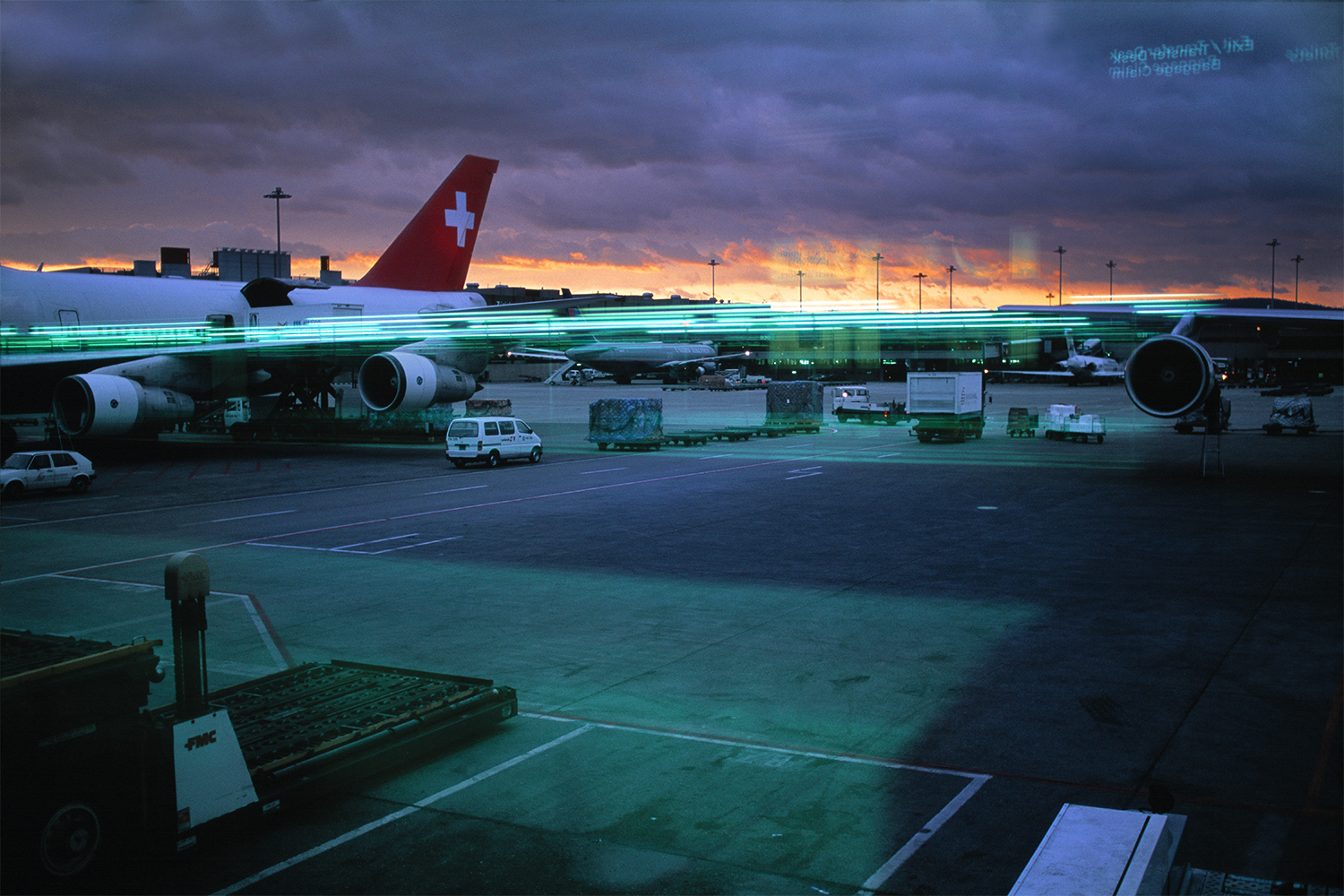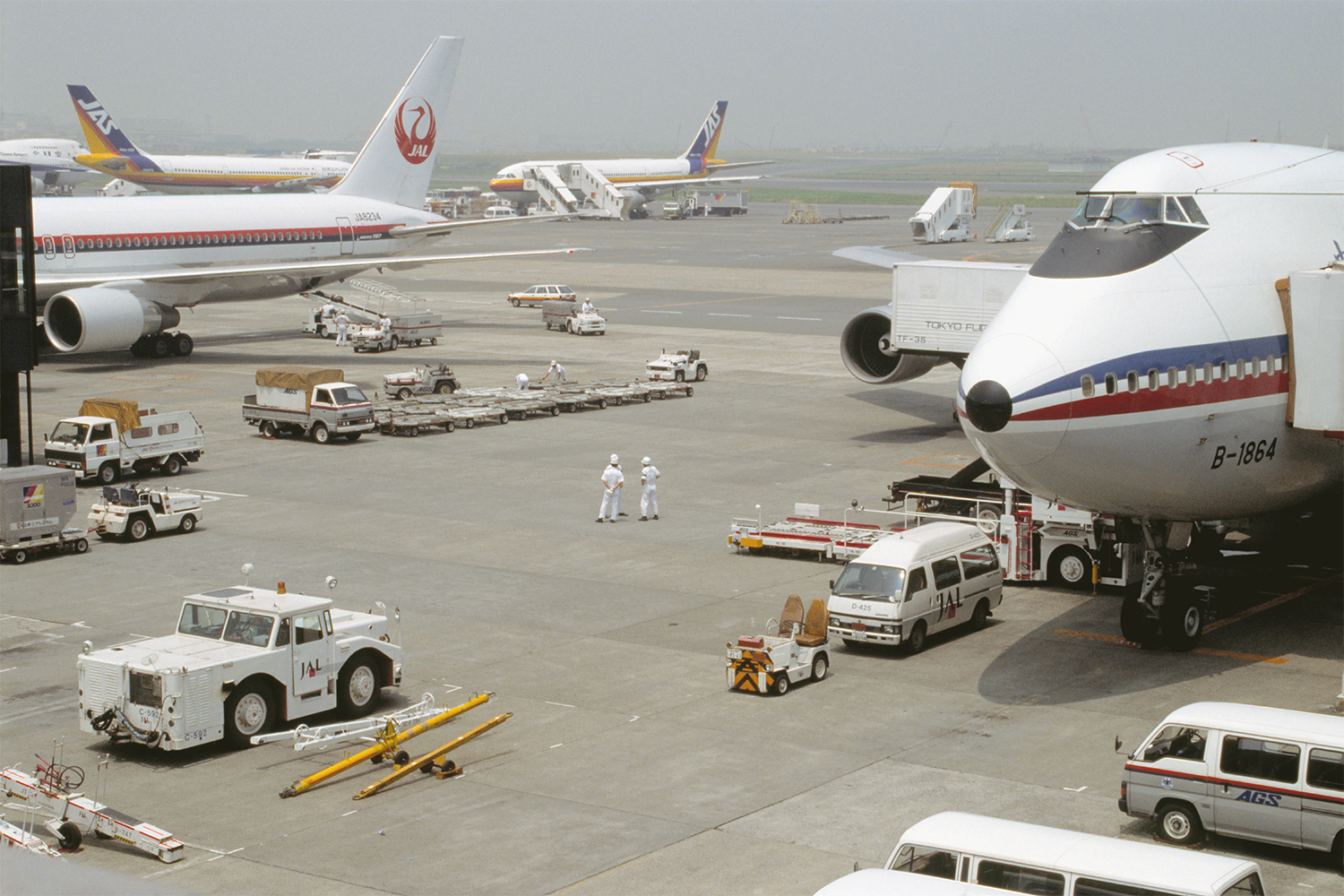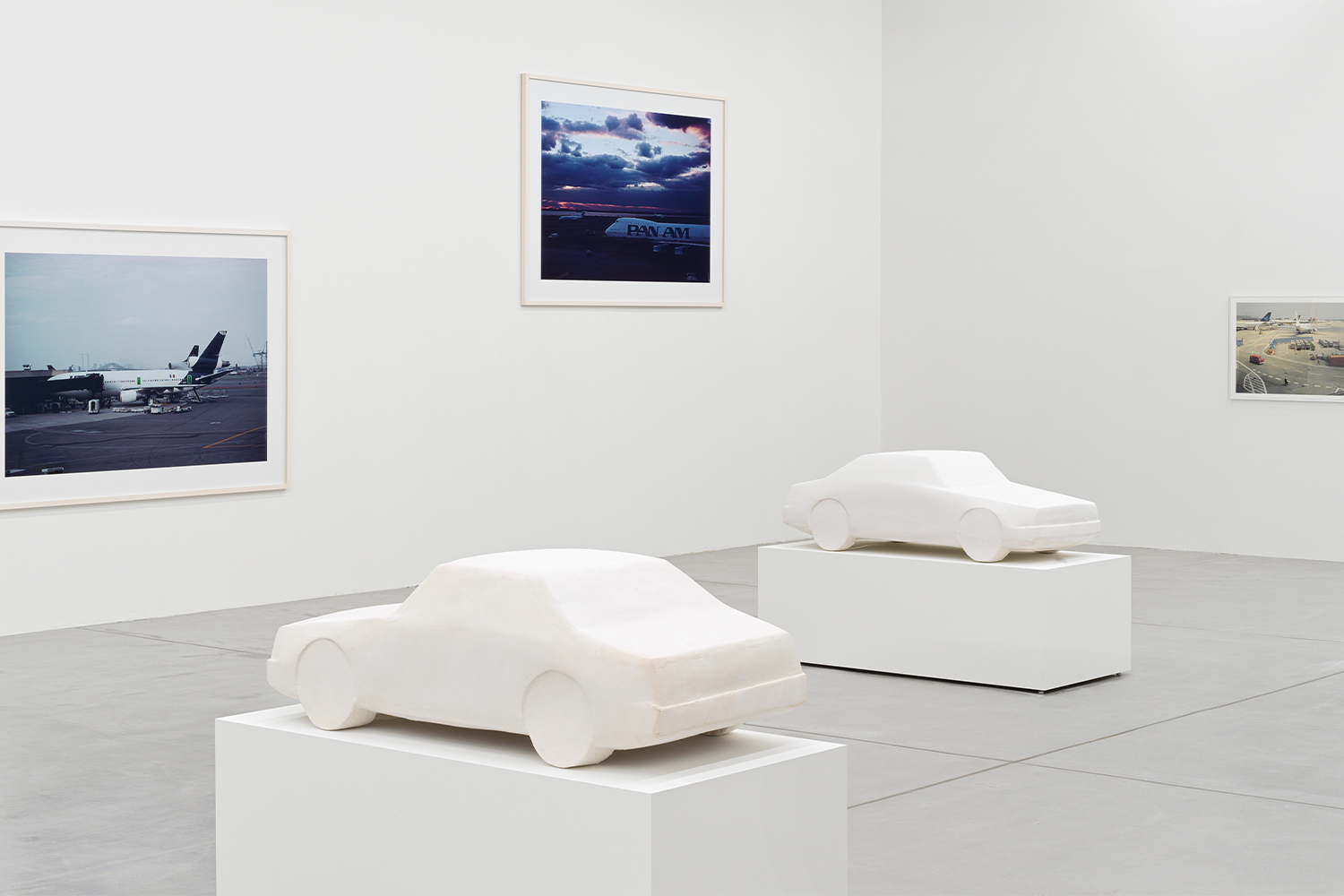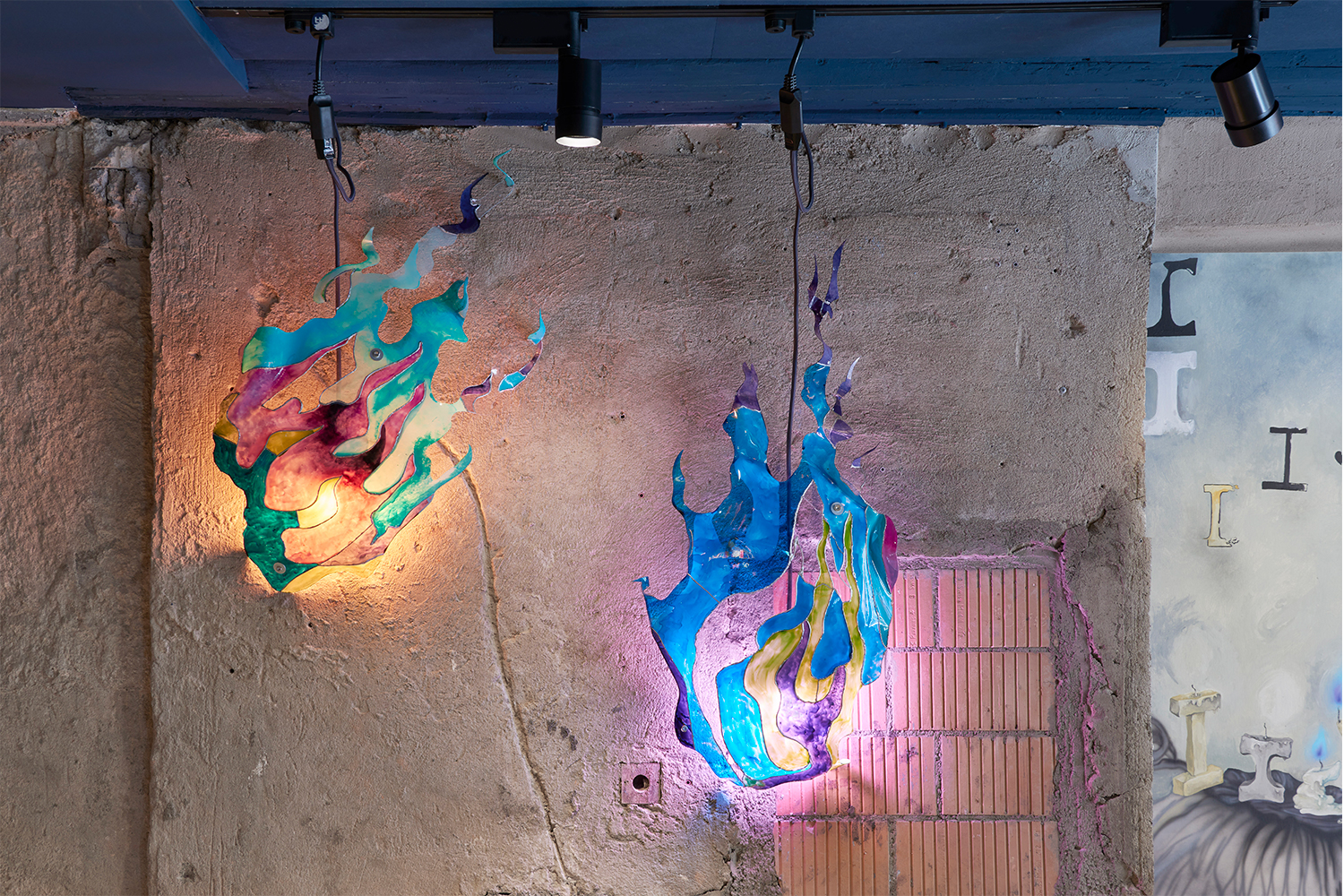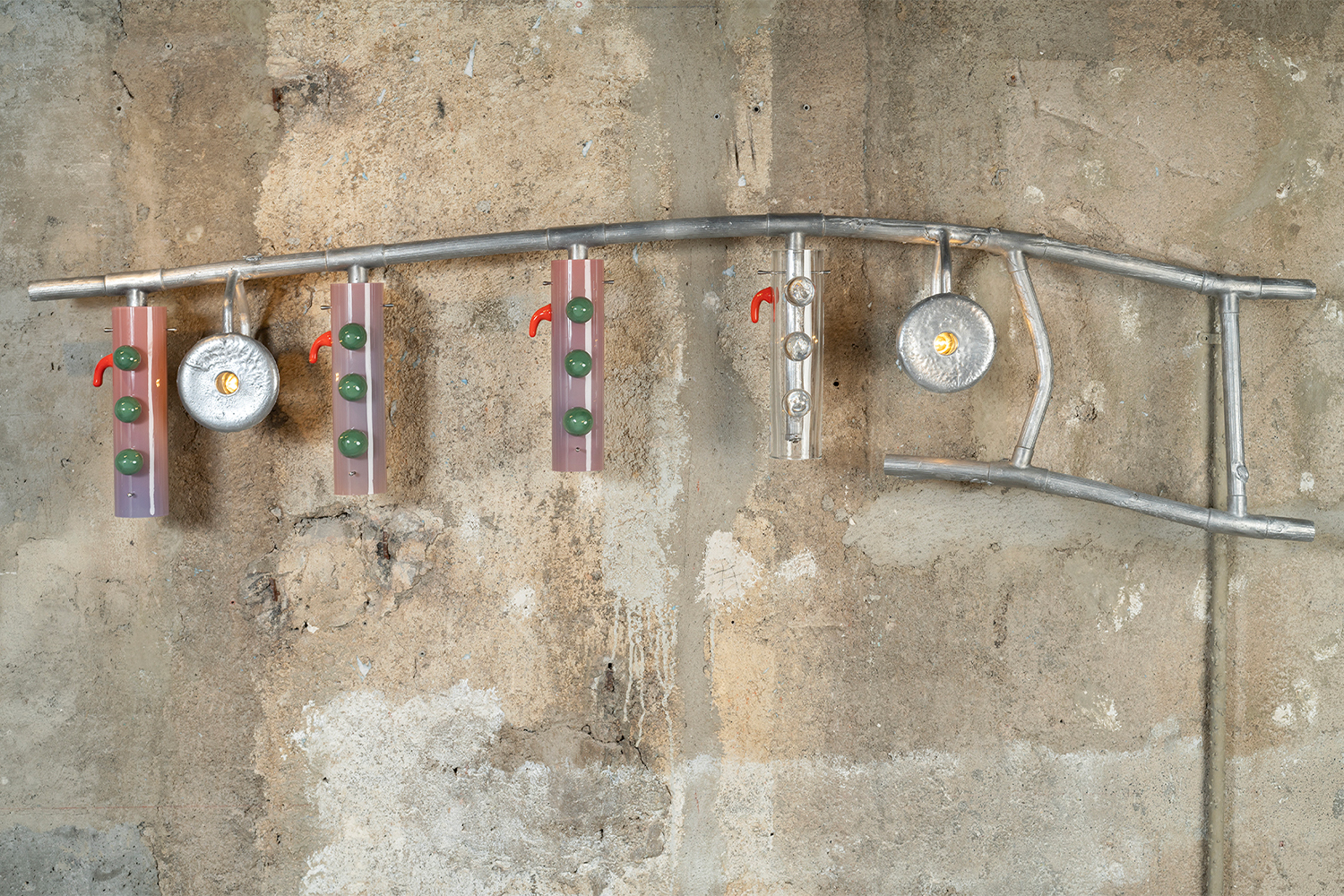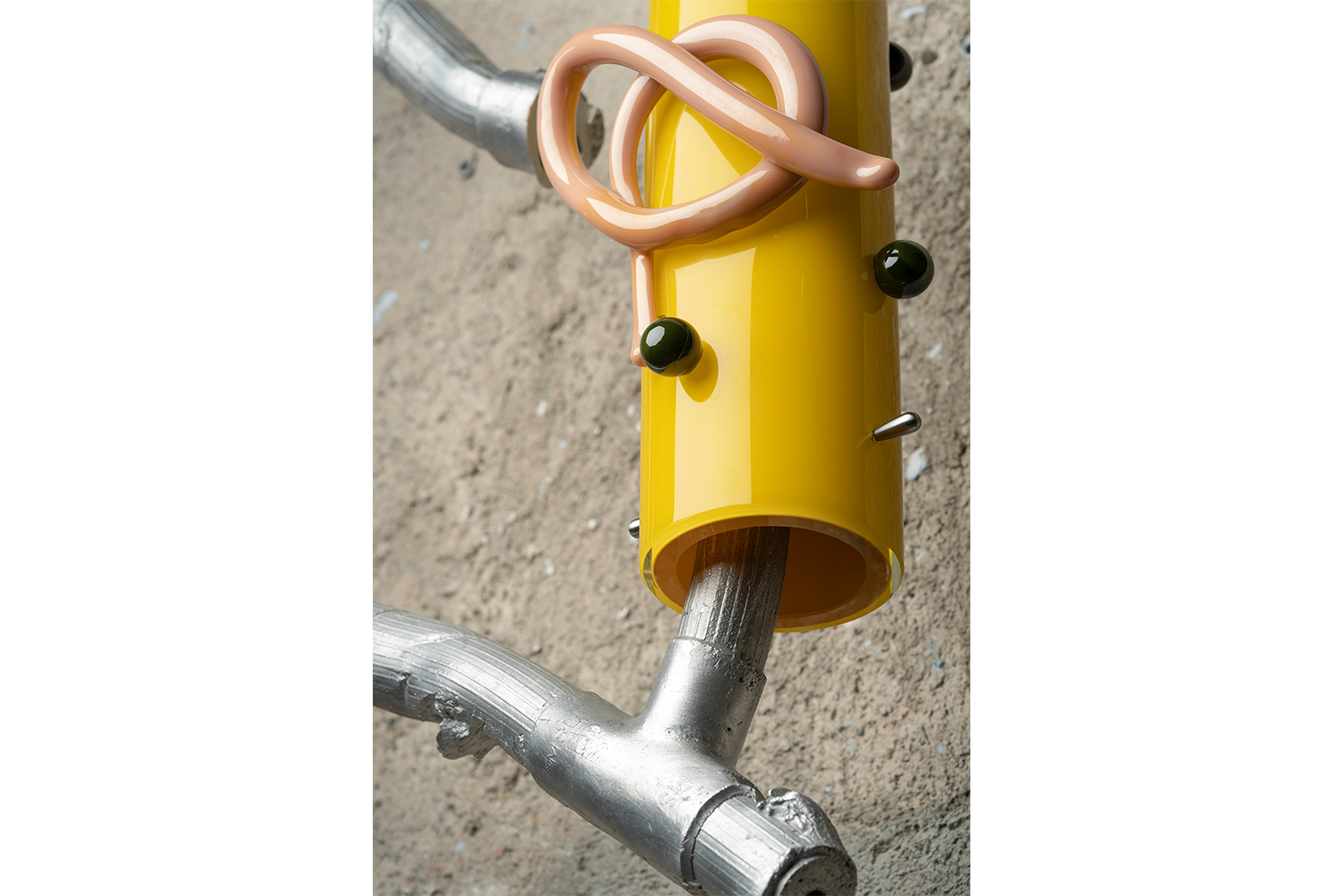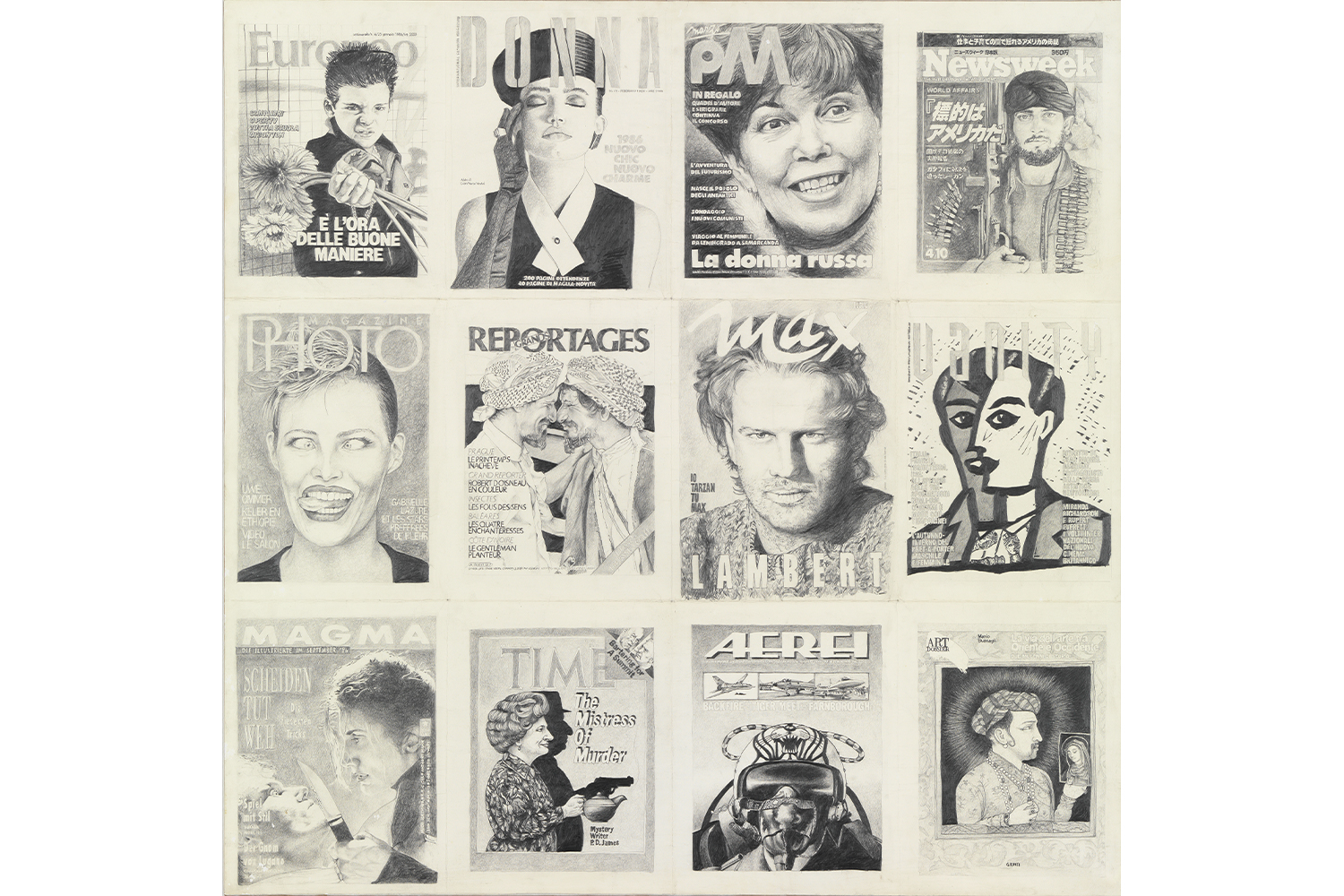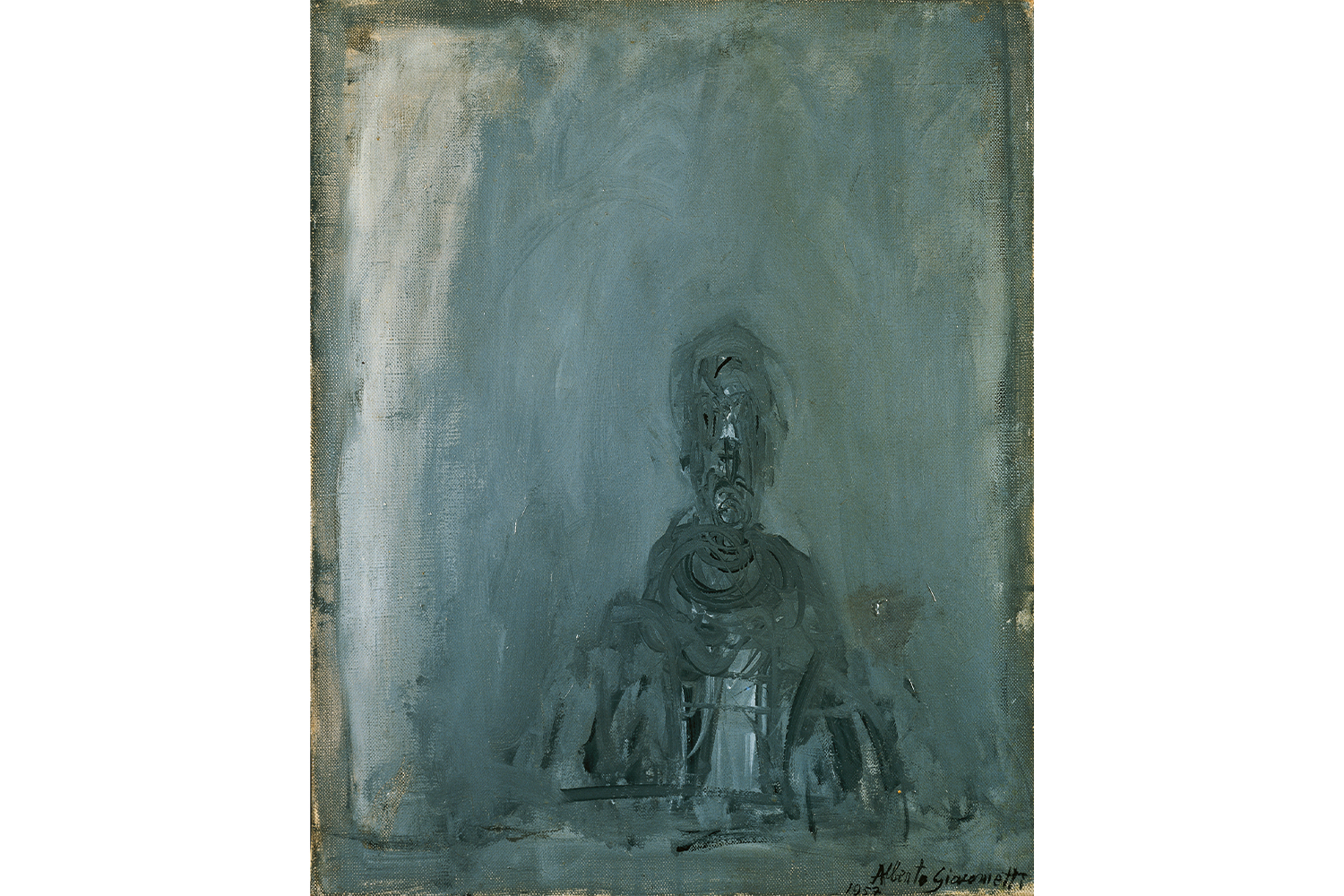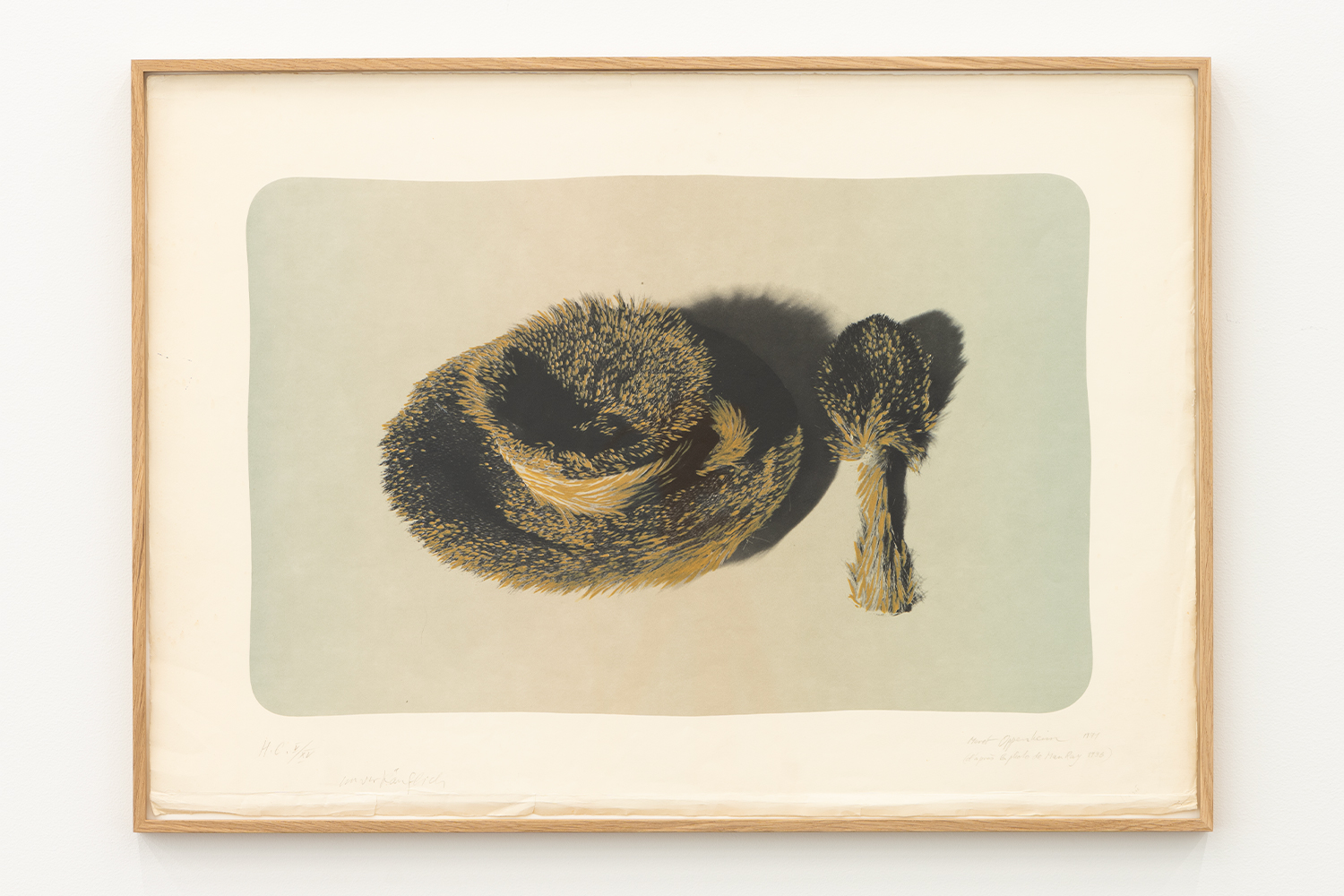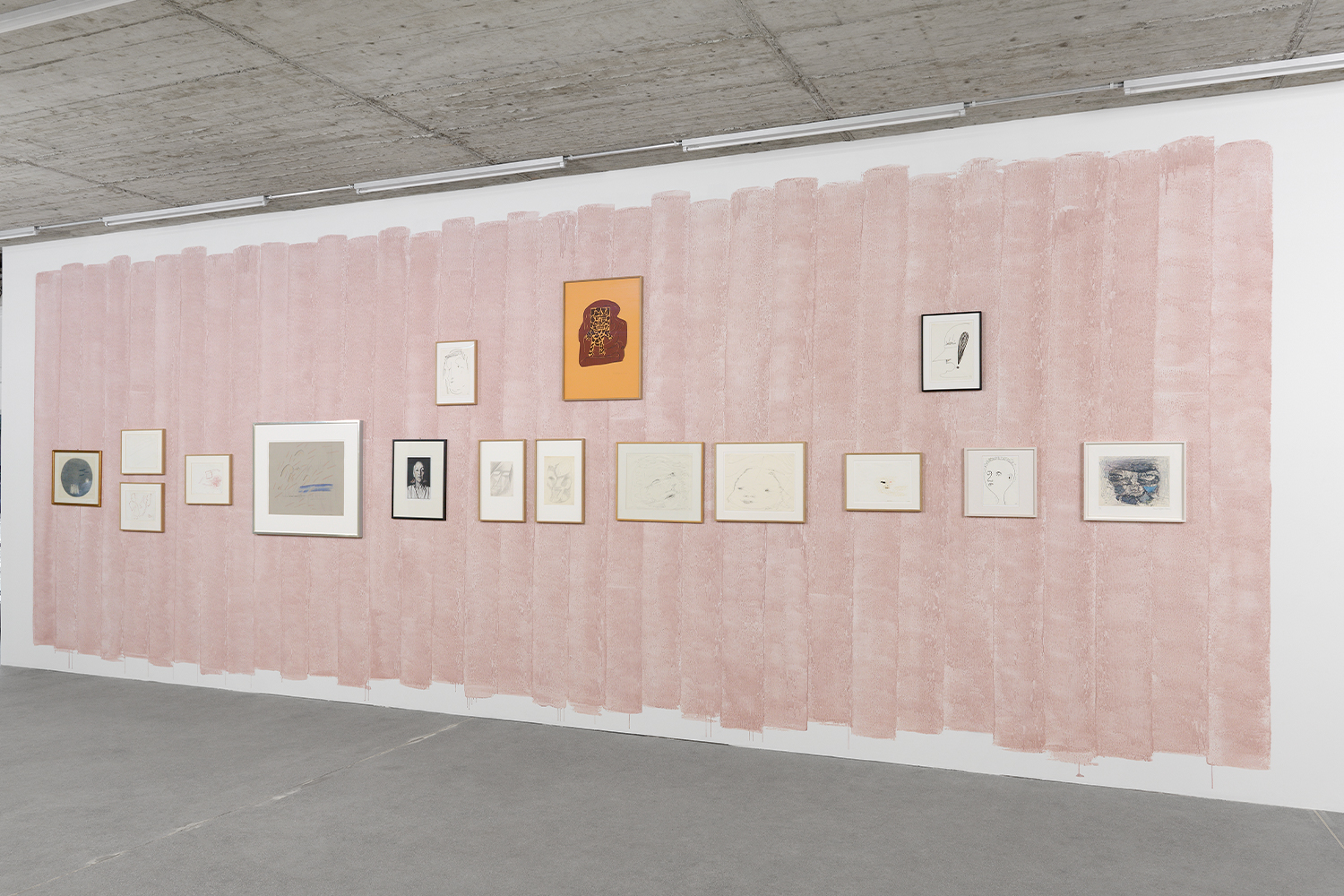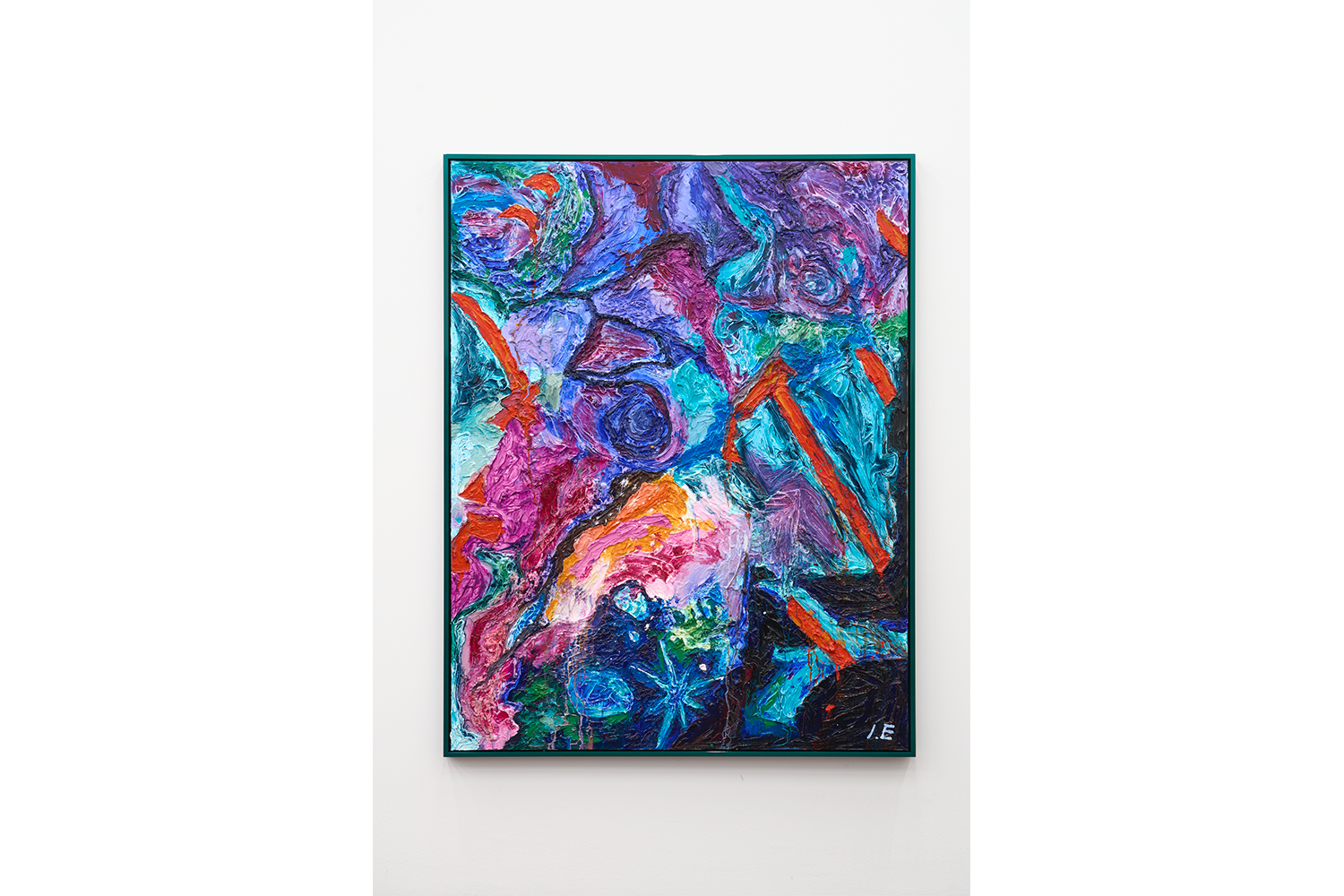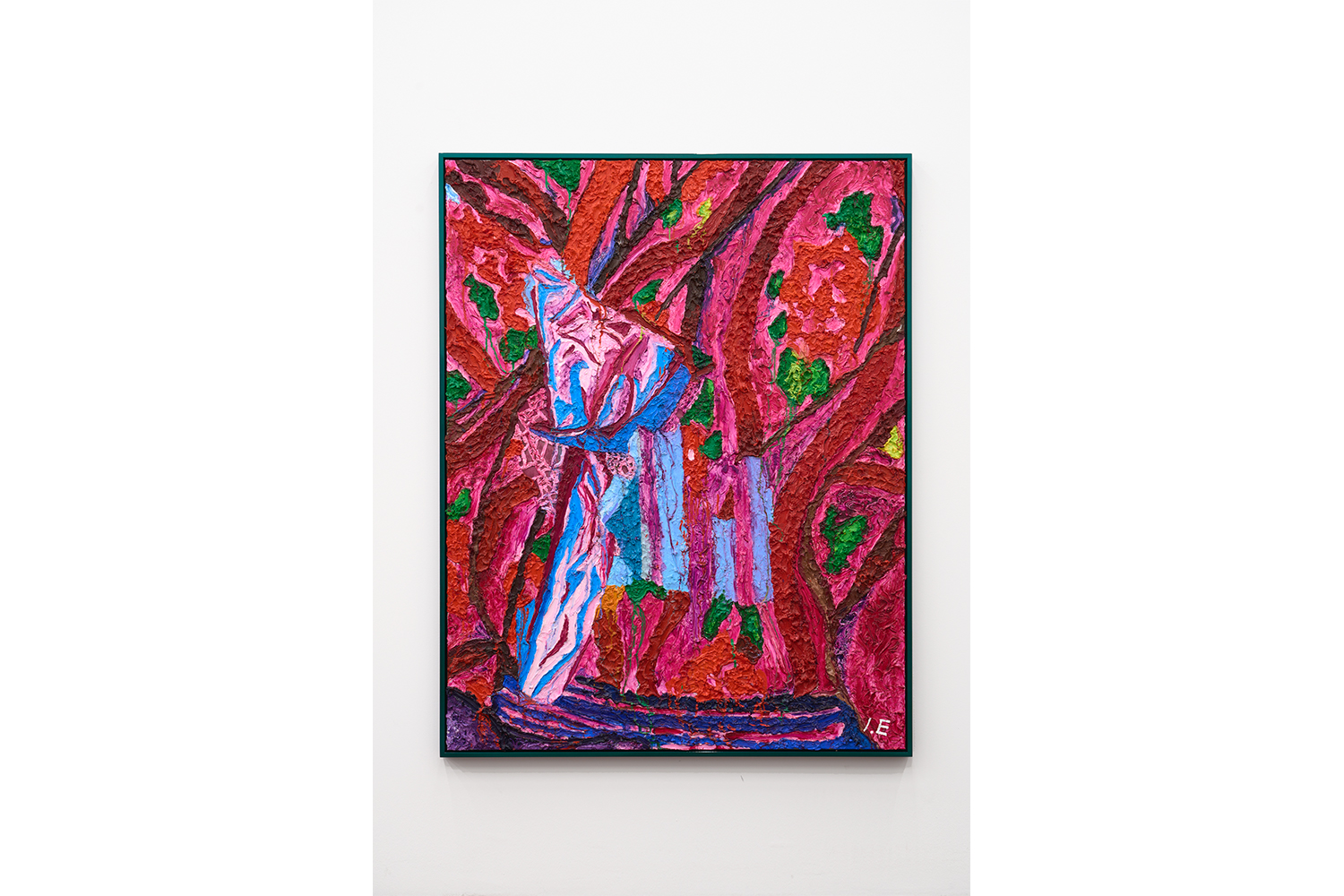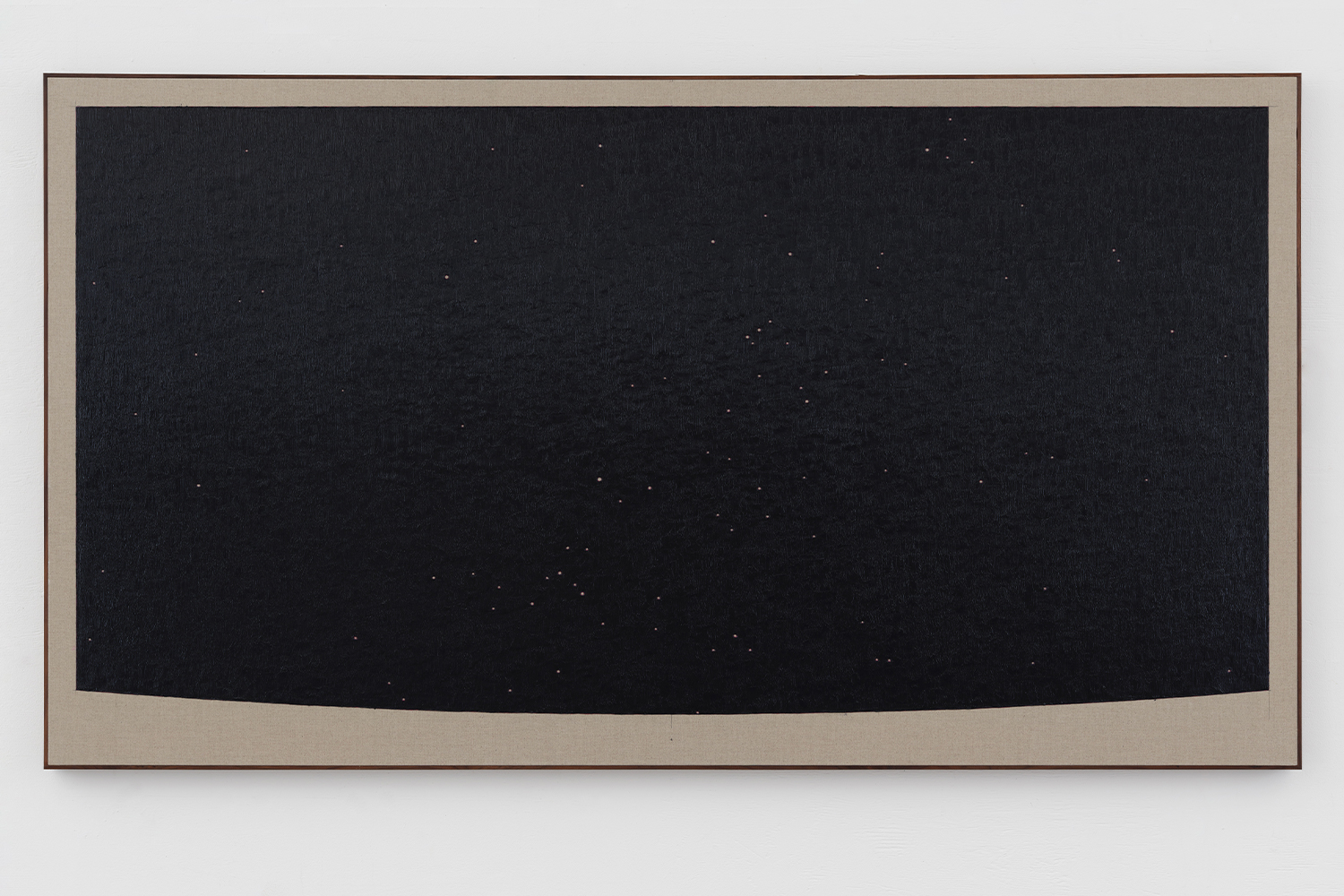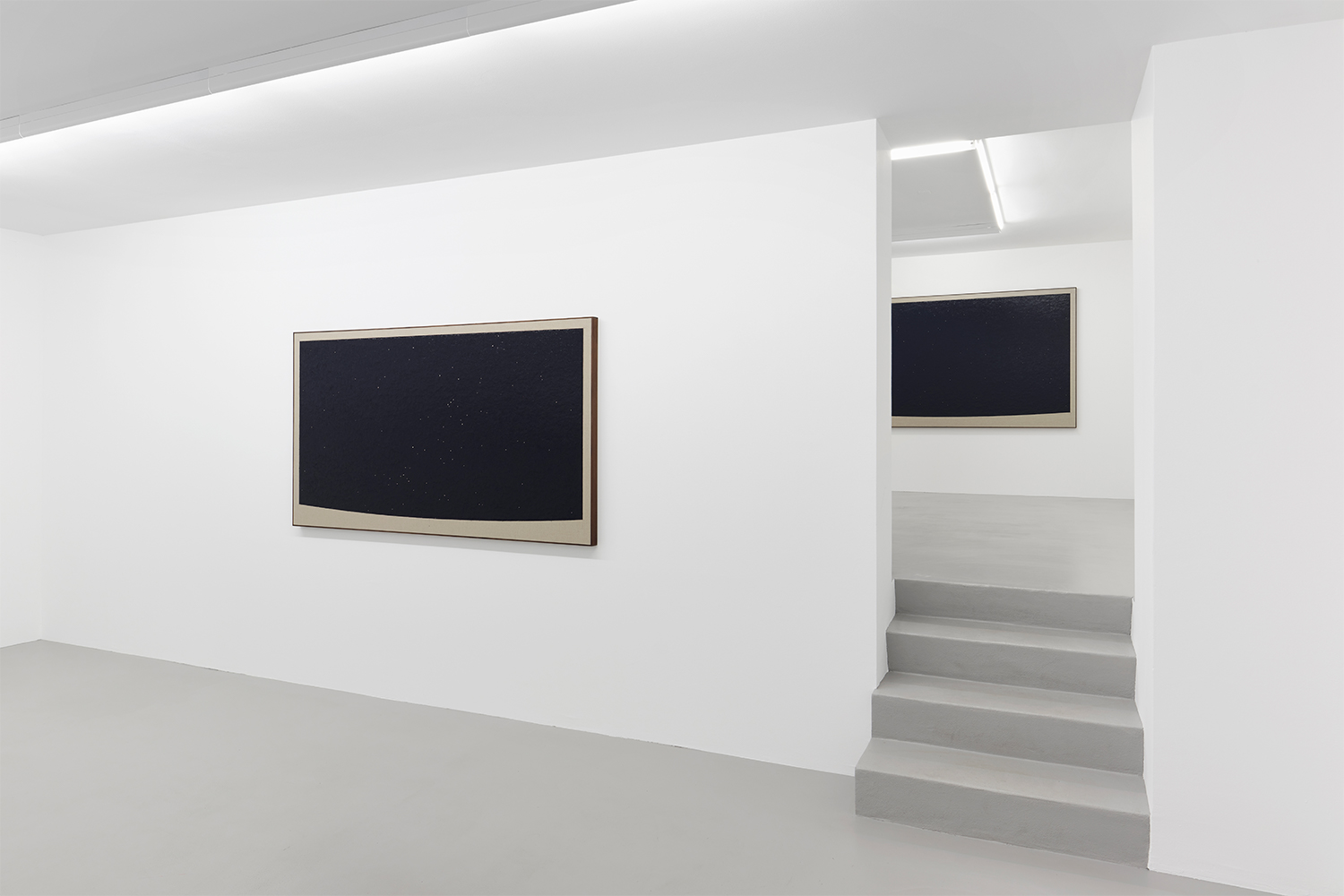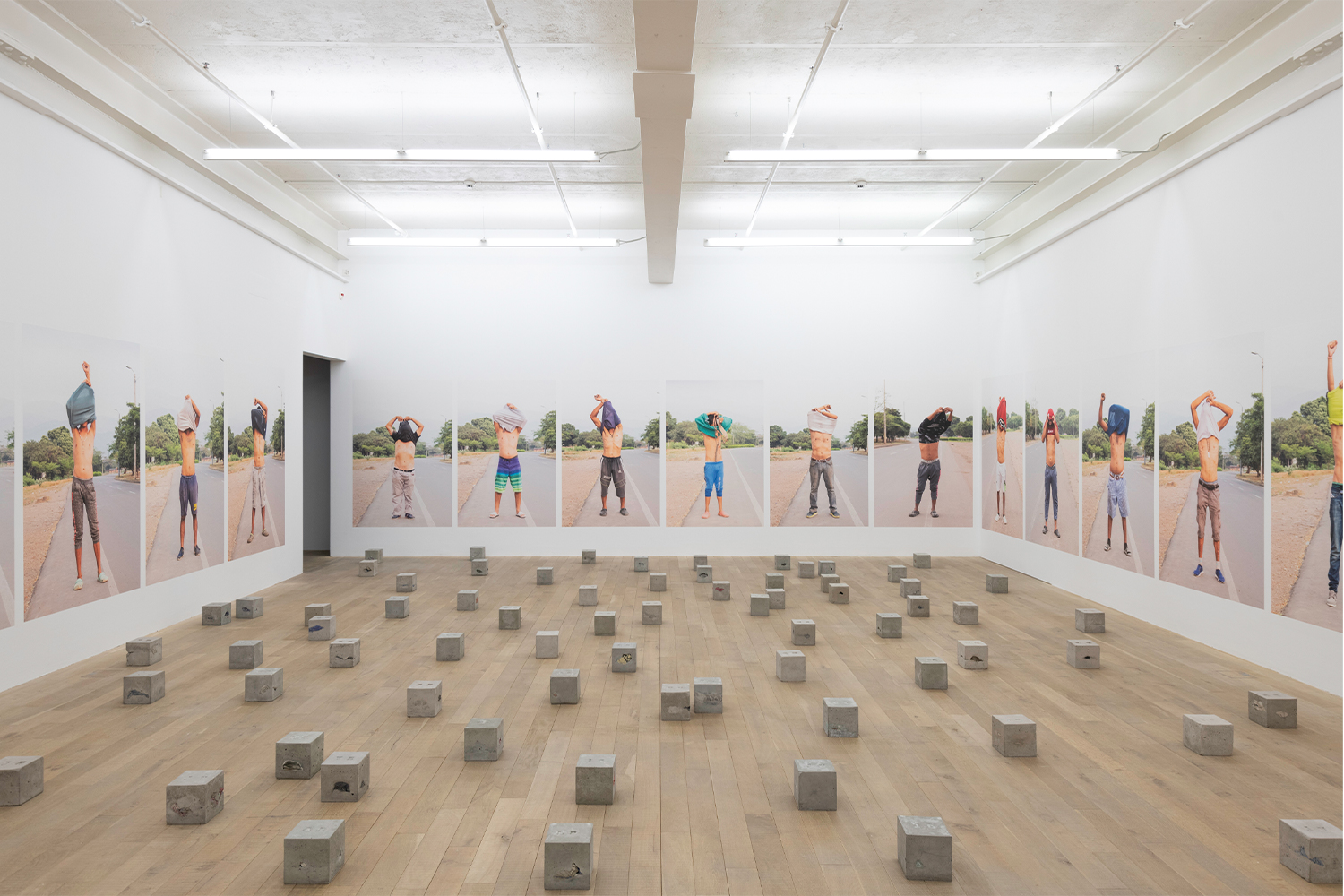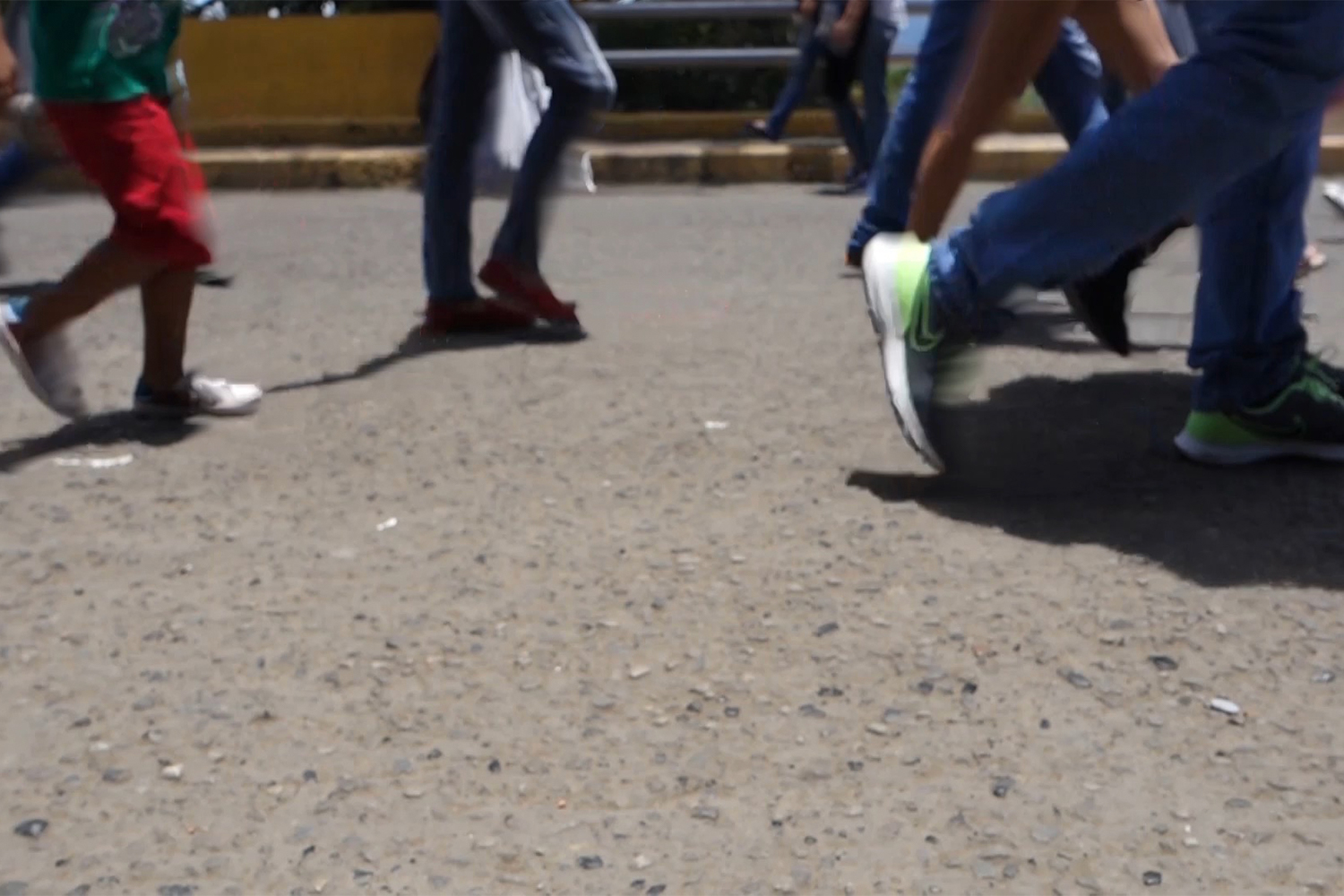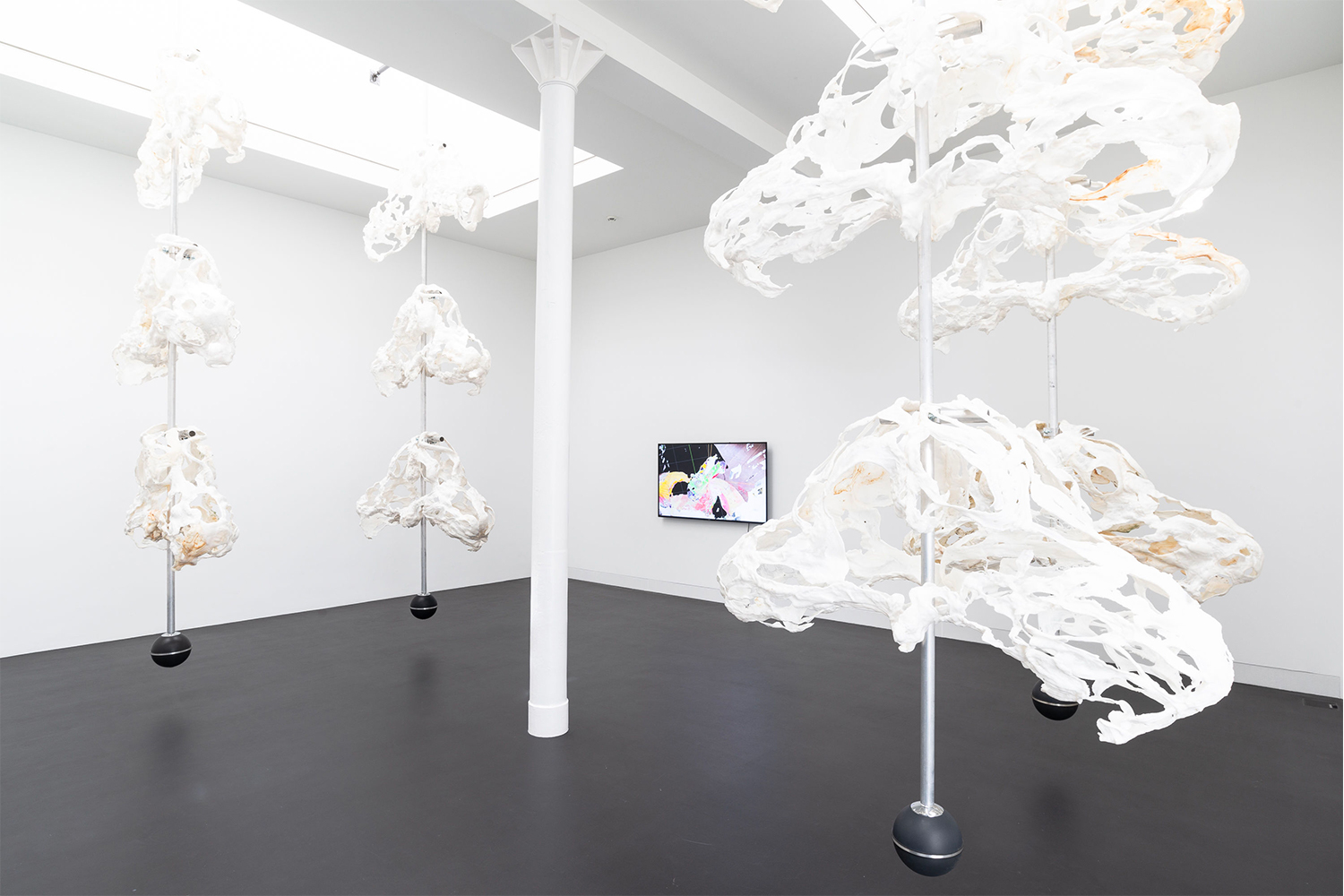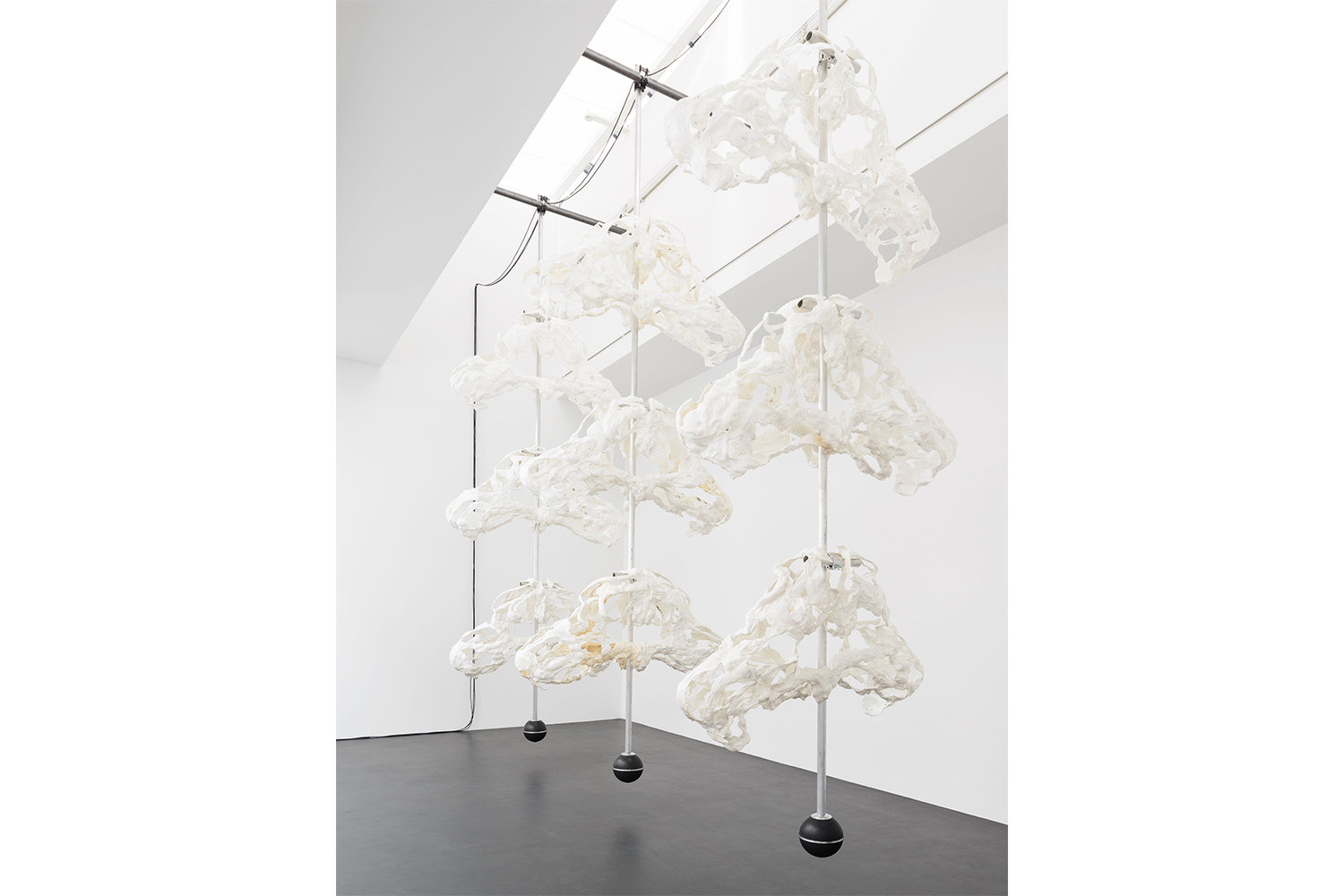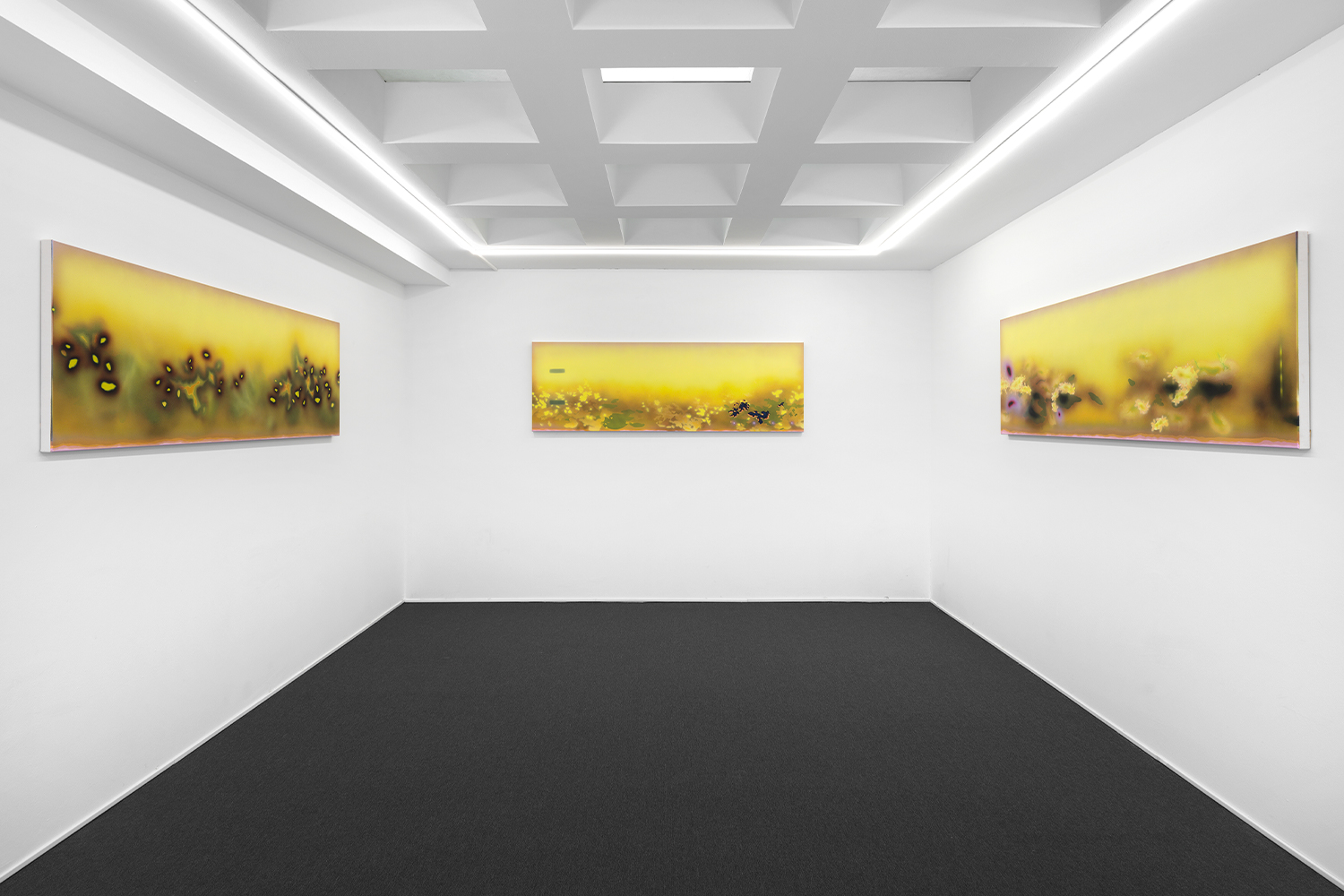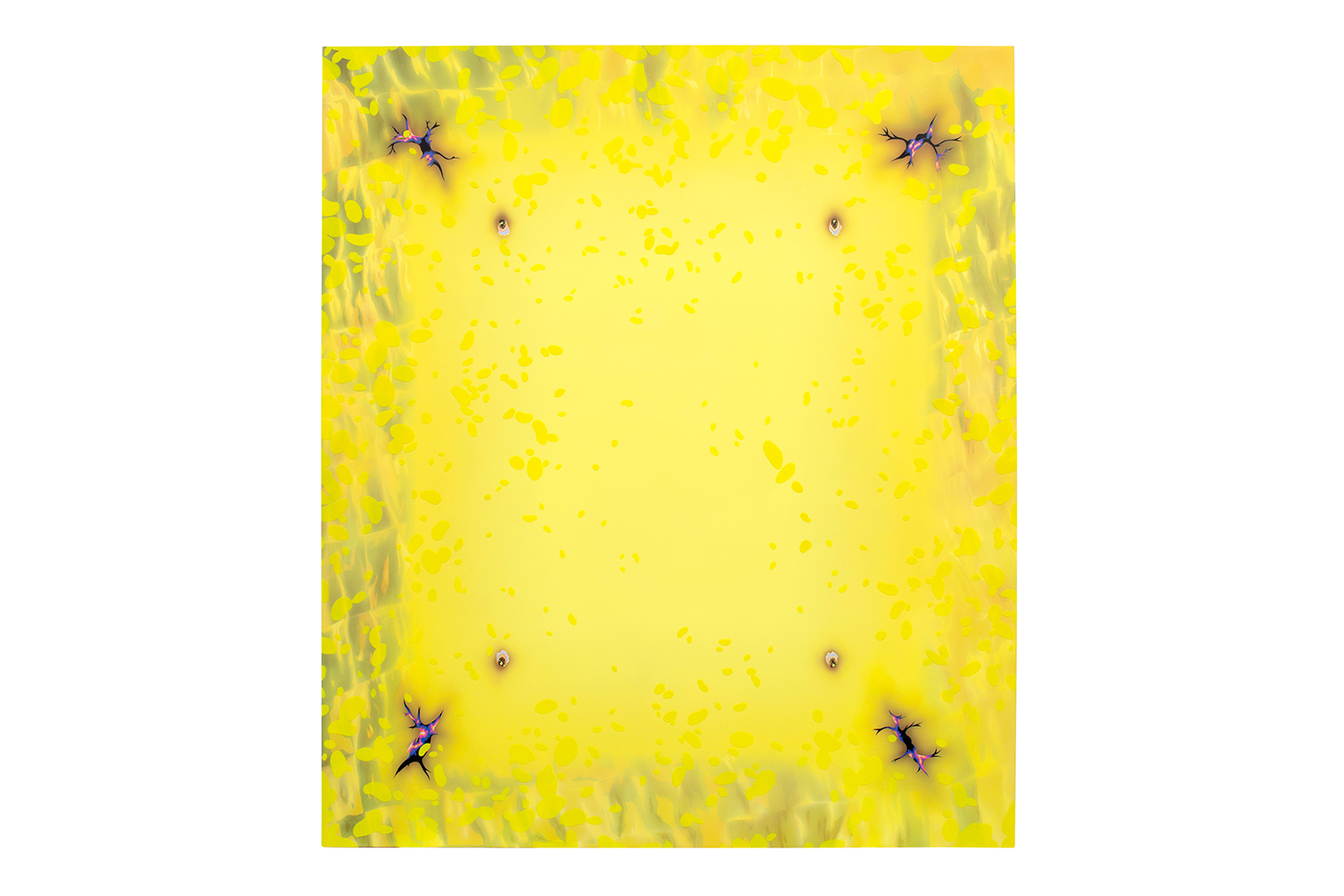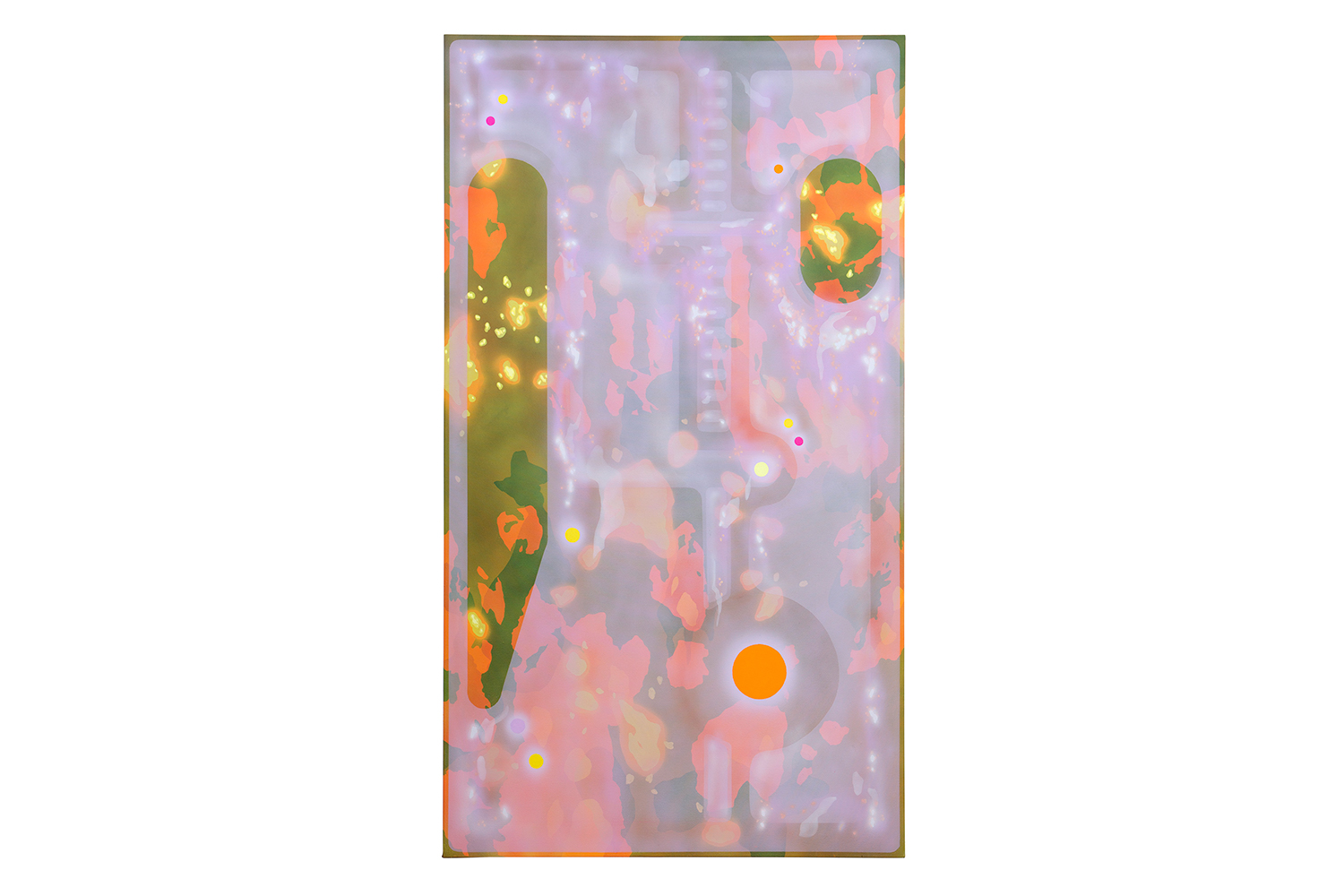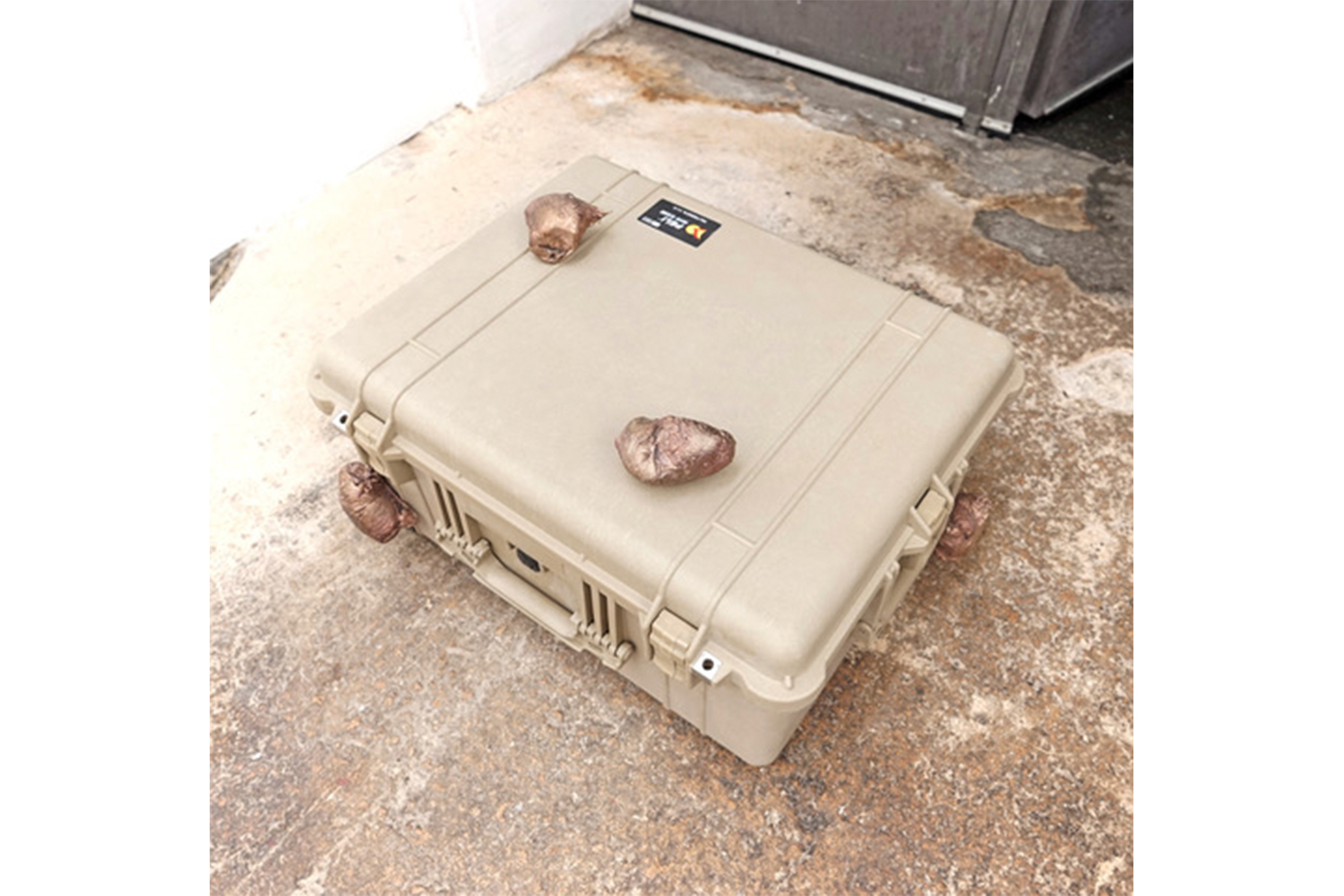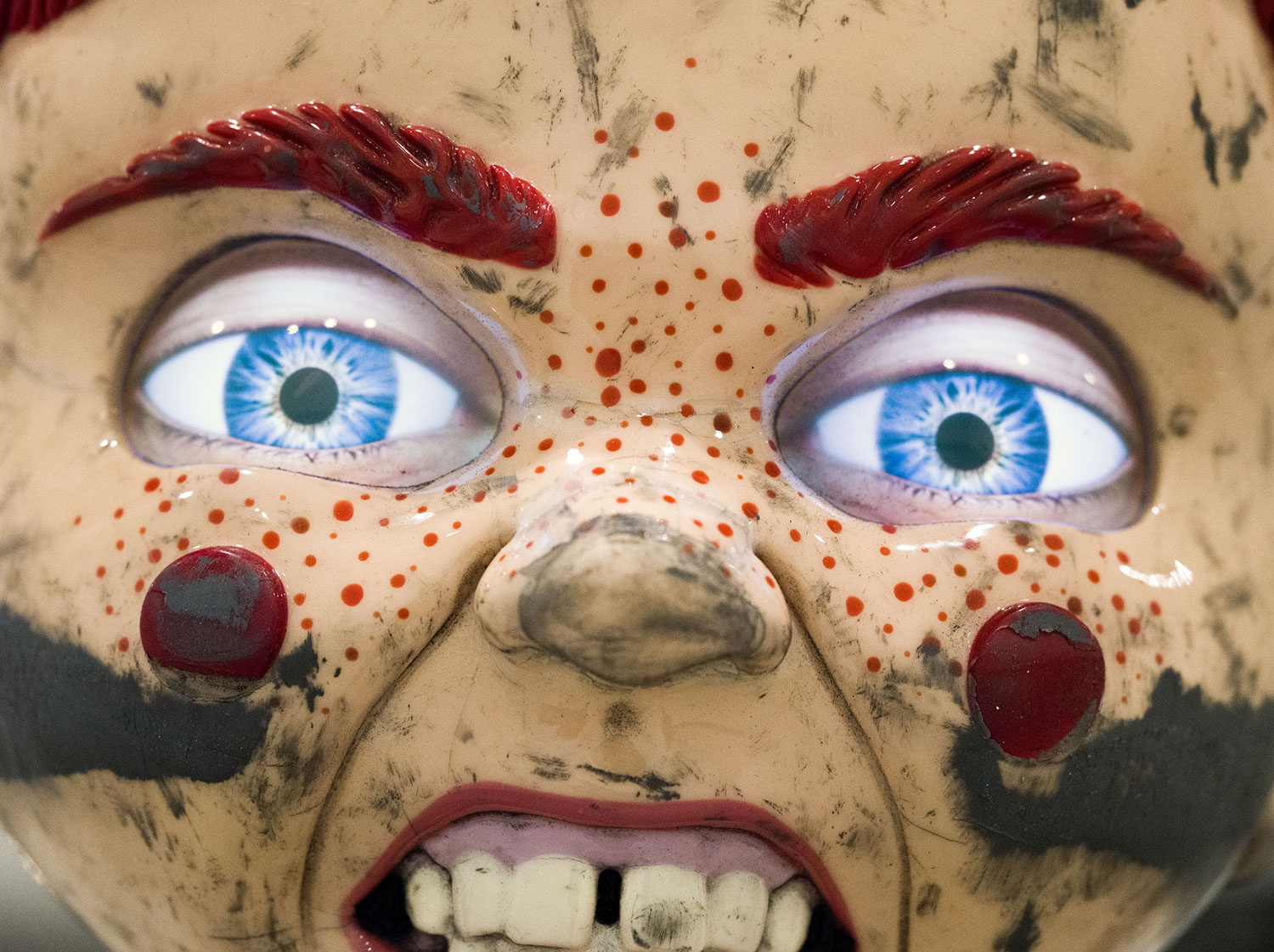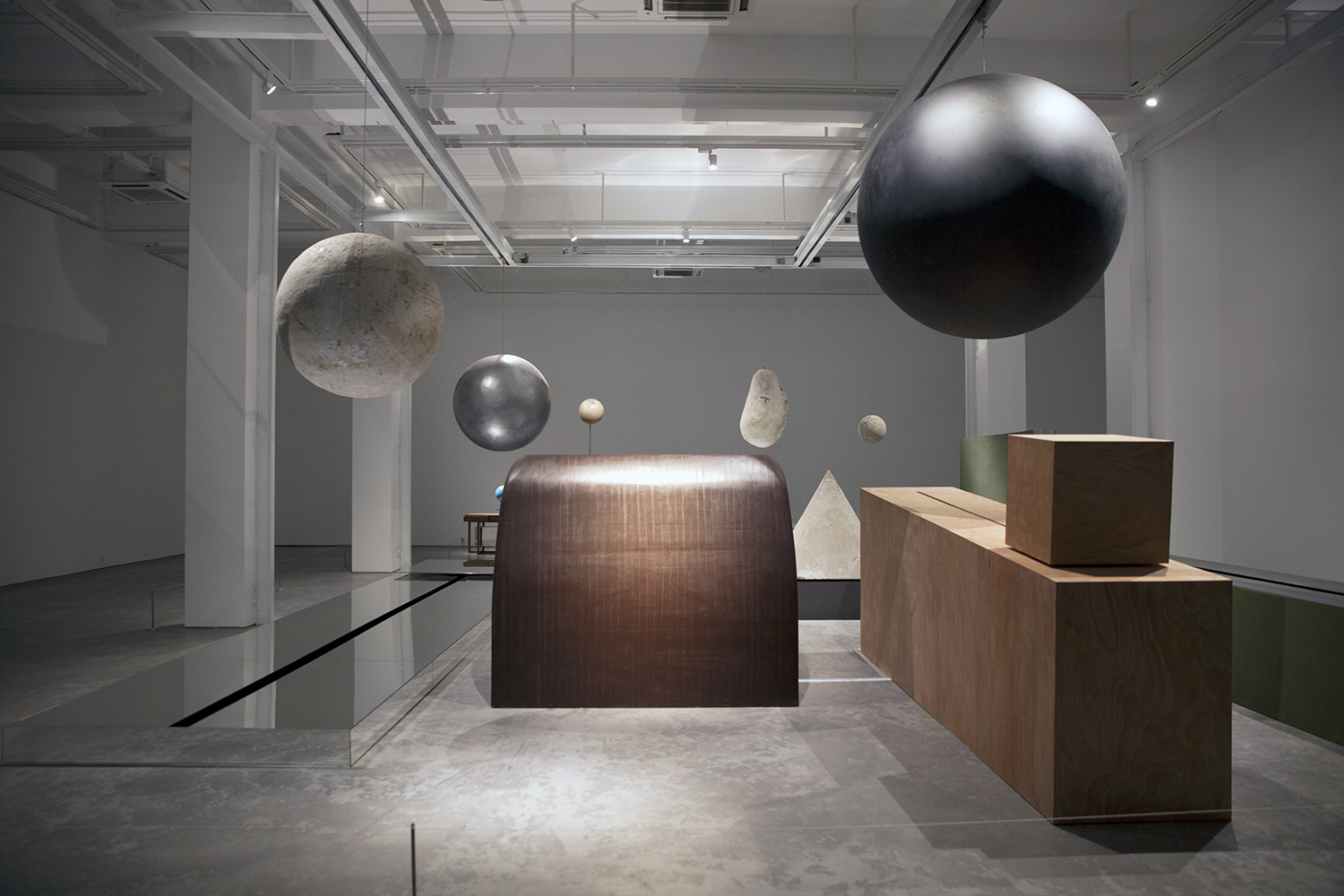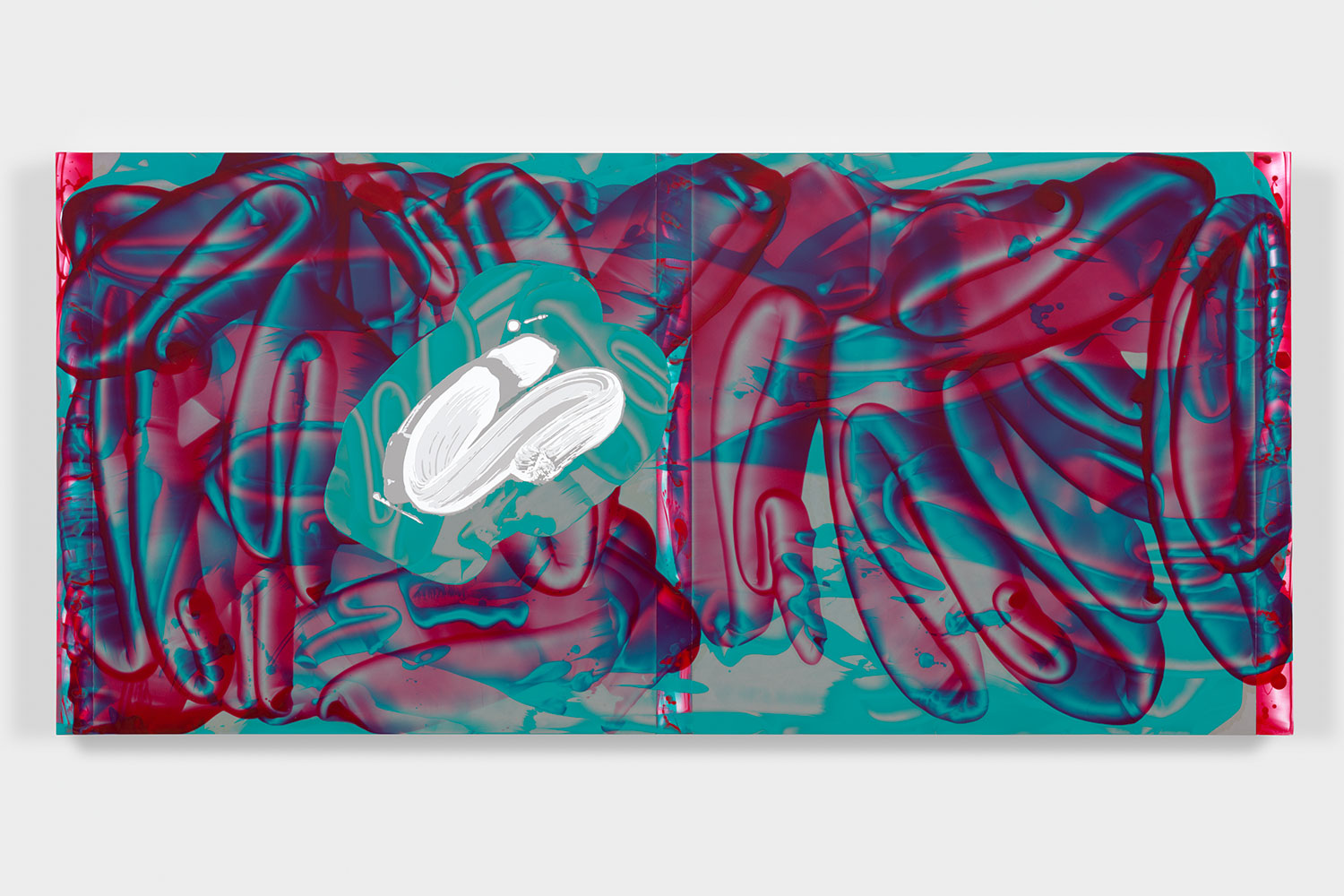The first full-fledged Zurich art weekend since 2019, with its bacchanalia of dinners and brunches, might have taken place during any other famously beautiful, denialist, and foreboding summer, like those of 1929 or 1939. Museum and gallery directors, art stars, and especially collectors wildly ignored a tanking stock market and a land war two thousand kilometers to the east. The international crowd finally got its chance to judge the new wing of the Kunsthaus Zürich, a David Chipperfield gold-and-marble sarcophagus once described to me as “an airport prison.” The museum continues to confidently wait out the storm of handing the top floor over to the collection of a Nazi-collaborating weapons dealer who used slave child labor into the 1950s and acquired many of the pieces on view from Jews under duress. Welcome to Switzerland, where a lack of reflection increases the quality of living (and sometimes the art)!
One had to look to the commercial realm for historical quality in curation, as the Kunsthaus awaits its new director (and perhaps curatorial team) with the arrival of Ann Demeester in January. A career-spanning array of Ken Price works at Larkin Erdmann and a survey of Alighiero Boetti’s works on paper at Tobias Mueller Modern Art picked up the slack. The latter was another revelation of form and language from an artist consigned to art history at too young an age. From the Kunsthaus it’s a straight shot past both those spaces to the Kronenhalle or the lake, depending on your budget and body. The young and cutting edge have increasingly pushed into this stodgy part of town in recent years. Adam Cruces’s play on interior/exterior at Blue Velvet Projects and Natacha Donzé’s fiery paintings at Galerie Lange + Pult certainly held their own against the survey of K. P. Brehmer at Weiss Falk and Lawrence Weiner’s memorial exhibition at Mai 36 Galerie. Eli Ping’s elegantly minimal exhibition at Galerie Maria Bernheim operated between the sexual and the sci-fi. His gravity-defying resin-and-cotton sculptural works suggest Brancusi reincarnated as a ghostly alien. Marion Baruch at Sommer Salon had a similar refinement, and textile source, with energy and ease in the work’s display and found origins. The sundrenched domestic installation of new pieces by the ninety-two-year-old was an absolute privilege for those who saw it.
Any possible excitement over Hauser & Wirth’s and Galerie Gmurzynska’s dueling Picasso shows was quickly quelled, with the former’s Alberto Giacometti and Picasso pairing winning handily in quality and curation. Following their blockbuster pairing of the Spanish master with Louise Bourgeois three years ago, the dialogue between these late works was again surprisingly enlightening in terms of figurative painting executed at a time of that medium’s advertised death. The seeming preference for very famous men across the weekend (perhaps suggesting more economic fears than galleries cared to discuss) was continued in many places, like the three-man show dedicated to Alvin Baltrop, Wade Guyton, and Heimo Zobernig at Galerie Francesca Pia. It fell to a younger established crowd — like Peter Kilchmann (Teresa Margolles), Galerie Gregor Staiger (Raphaela Vogel), and Grieder Contemporary, with an all-woman group show — to remind the geriatric generation that market success and the female no longer have to be exclusionary.
Along those same lines, Karma International, now pulling off a Matthew Marks with multiple galleries on both sides of one street, submitted two generations of trailblazers. Jacqueline Burkhard curated an exciting flurry of works by Méret Oppenheim in the newer and more raw space, proof of the power of treating a master’s art the same as a young star. Toward that end, Ida Ekblad’s new paintings were influenced by twilight: the moment of the day, not the movie. How she manages to shrewdly reinvent herself is a constant and welcome surprise. I’m told in her home country she’s known as “the Picasso of Norway,” but for the past decade and a half I’ve always witnessed a freedom and idiosyncrasy closer to that of the best of Miró.
The mining of the evening sky was also evident down the street at Philipp Zollinger, where Paul Fägerskiöld’s series of paintings operated between the spiritual and the methodical. Minimalism as star maps, charting possible views into the future and the past. All weekend long one could be forgiven for thinking the present, or the recent past, was of no concern; Benedikte Bjerre’s exhibition at Lullin + Ferrari was the only one to reference COVID directly, although with all restrictions gone for months in Switzerland it is a topic easily forgotten. Younger institutions also guided the way through topicality without didacticism. Liz Larner at Kunsthalle Zürich and ektor garcia at Cabaret Voltaire dealt with space, waste, and the body in ways free from the traps of recent identity trauma porn. We Are AIA/Awareness in Art illustrated this maybe most aptly in a show curated by founder Martina Huber, with Gianni Jetzer, that looks at the environmental as a total idea. Notable was Hunter Longe’s subtle installation wrapping the entire space and riffing on the organic nature of inorganic copper. It and the rest of the works moved past simple judgements and illustrations of the culture/nature divide. So, the big institution showed compromised Nazi loot, the young ones illuminated the way for pathways through, and we all got drunk enough to hope to be able to repeat it next year.

